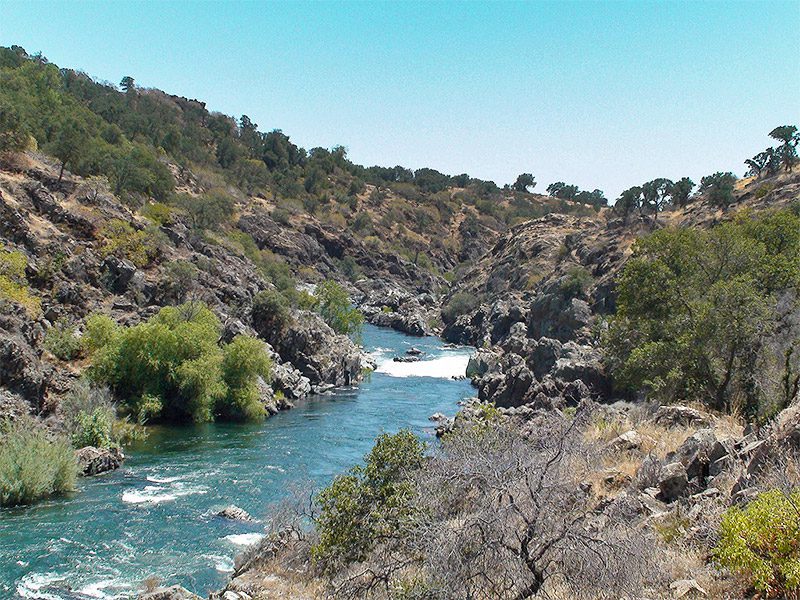Monday January 28, 2013
While the seminar speakers voiced different opinions, they agreed on a take-home message: in a highly modified system like the Central Valley, we can’t use the hydrograph alone to restore our river ecosystems to a natural state. We also need corresponding changes to the way rivers connect with the landscape. Relying on river flow alone is like driving a car with only the steering wheel and no gas or brake pedals, one speaker described, pointing out the limitations of focusing on just one tool at a time. The panel speakers acknowledged that most landscape changes in the valley are irreversible, but were optimistic about opportunities to integrate the landscape and the hydrograph to benefit fish and wildlife. For example, researchers found that the rate of spring snowmelt in the Sierra Nevada Mountains is a naturally predictable cue for many species, such as frogs and Chinook salmon. Spring snowmelt recession rates are a relatively easy measurement to discuss with stakeholders, and can be modeled ecologically and economically for cost-benefit analysis under various water operation scenarios.
To broaden the perspective, one presentation offered examples of flow management from around the world, including an intriguing list of environmental flow management principles from South Africa. These included retaining continuous flow year round in naturally perennial rivers, and retaining certain floods at full magnitude and eliminating others, rather than preserving all floods at diminished levels. The keynote speaker, Dr. Geoffrey Petts from the University of Westminster, also reminded the panel that we must consider river management in a world of “uncertain environmental change.” The United Kingdom is still reeling from a year of dramatic weather patterns that has left many in Britain wondering what climate change may bring.
The seminar follows on the heels of the publication of California’s State Water Resources Control Board’s preferred alternative changes to the Water Quality Control Plan for the San Francisco Bay-Sacramento/San Joaquin Delta Estuary, presented at the seminar. One of the goals of the State Board’s flow objective for the San Joaquin River basin is to include “flows that mimic the natural hydrographic conditions to which native fish species are adapted.” Clearly, the debate over what is natural will continue well into 2013. If you are curious about the SWRCB plan and you’re feeling ambitious, dive into the full document, about 2,000-pages of information. Otherwise, you can stick to the Executive Summary, a mere 61 pages.
This post featured in our weekly e-newsletter, the Fish Report. You can subscribe to the Fish Report here.


